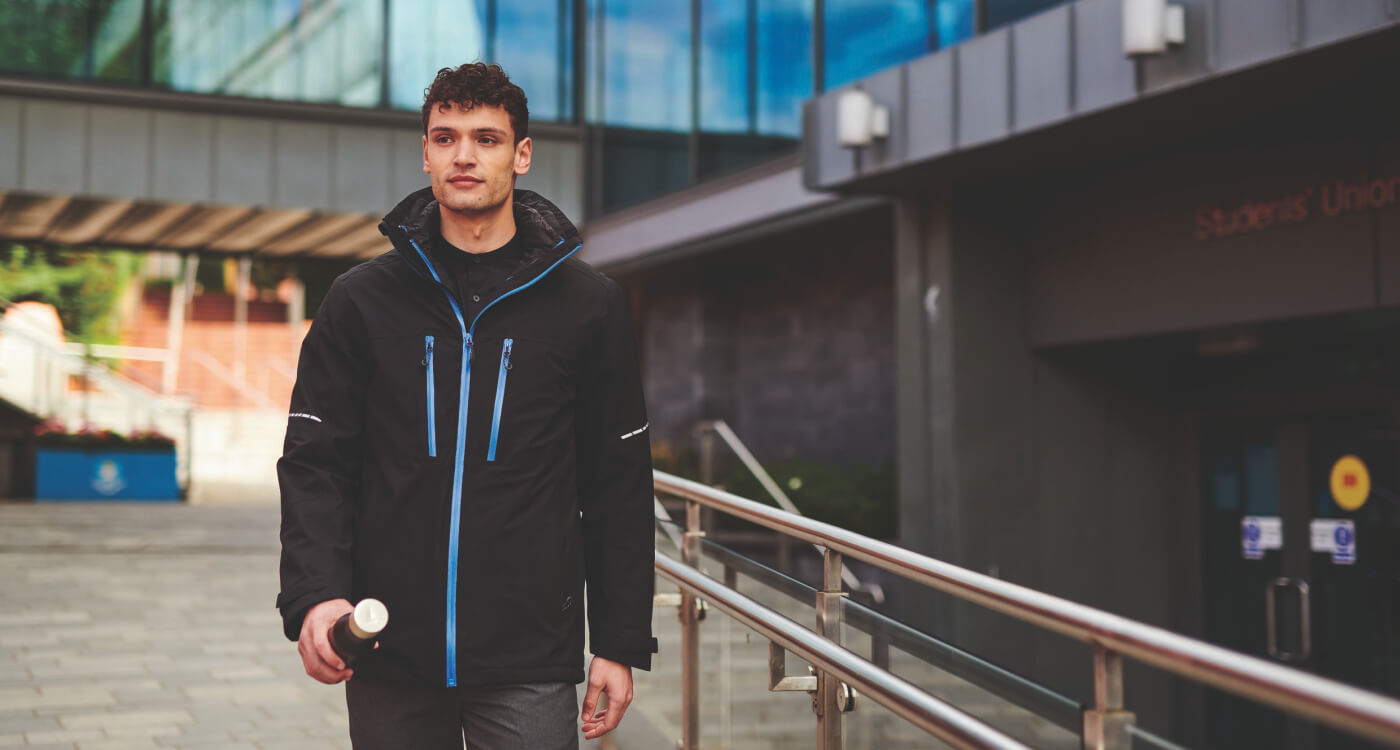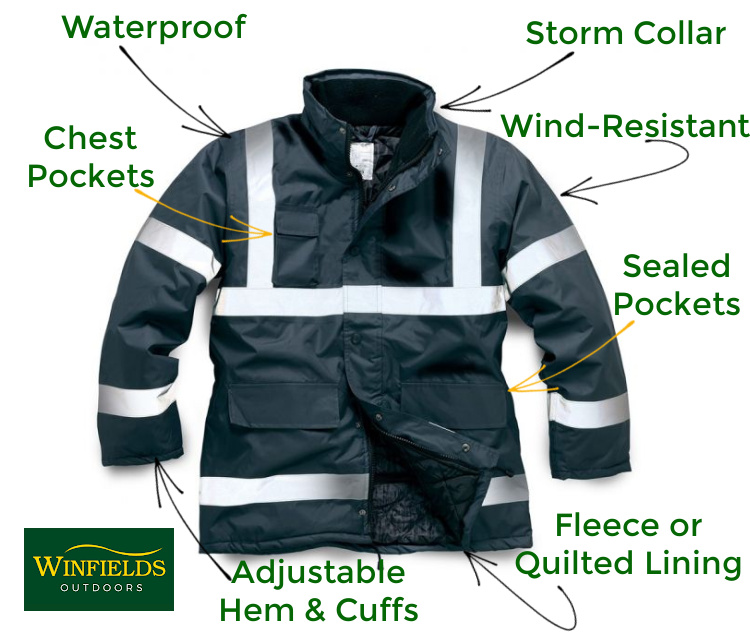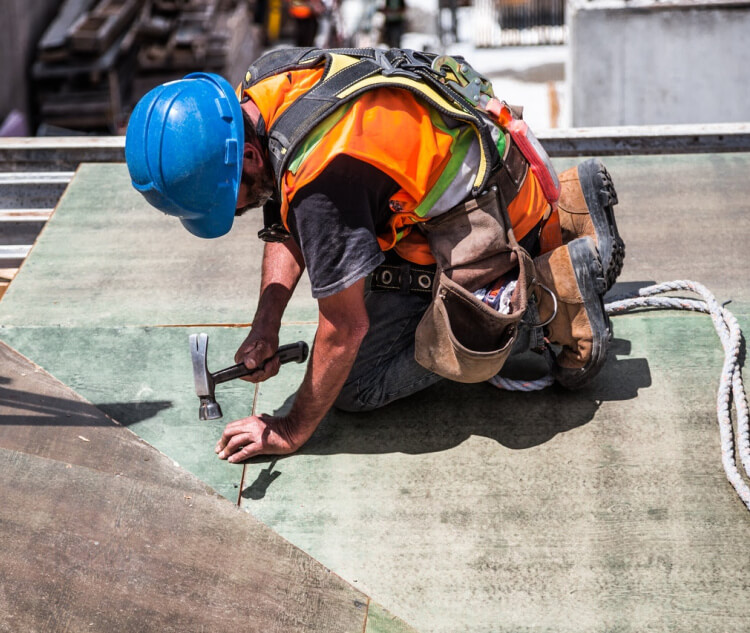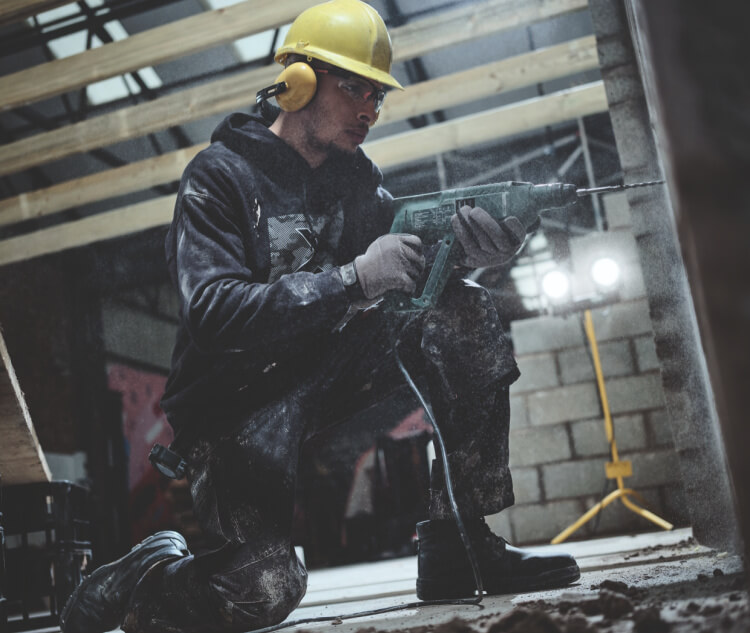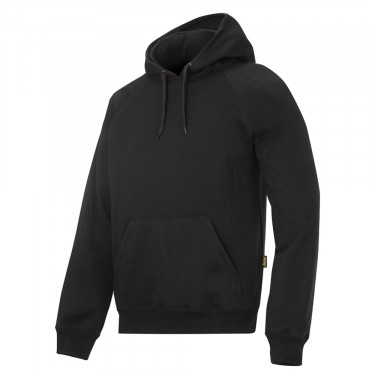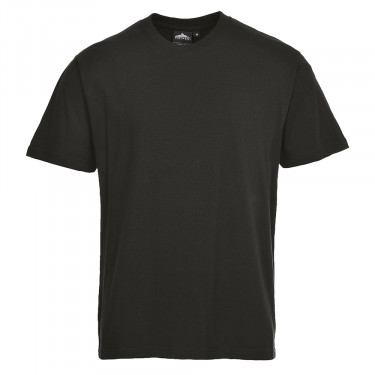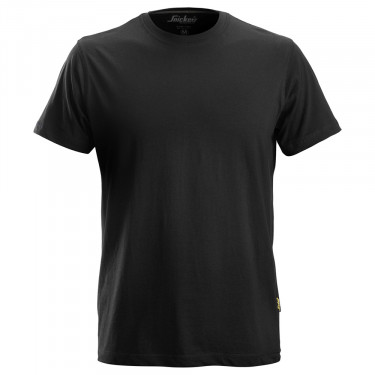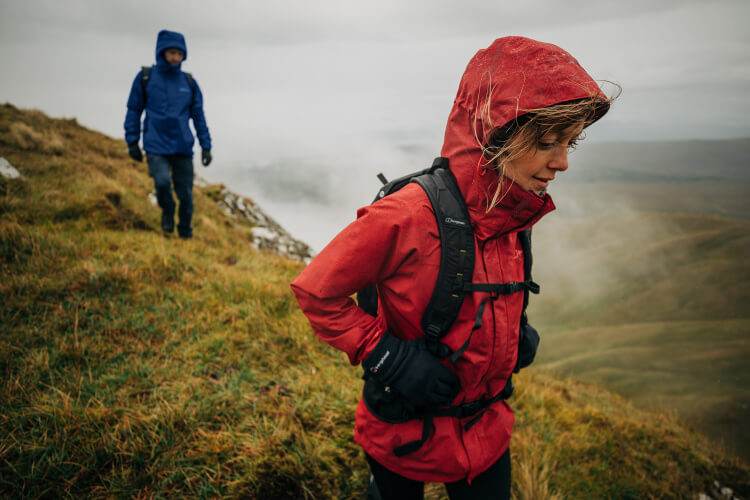Workwear is the clothing that is worn for manual or heavy labour. The clothing is made to provide high durability and safety, which is why you may have seen these clothes on building sites, engineering, services and manufacturing industries. Plus, if you work outdoors for a living, it’s important that you have the right workwear in order to keep you safe and warm.
Workwear is made from durable material that is resistant to abrasion and is often fully-waterproof. This also means that you will be protected against everything, from adverse weather conditions to chemical splashes. If you will be facing temperature extremes, potential falls, electrostatic build-up, or slippery surfaces, safety clothing must be provided.


